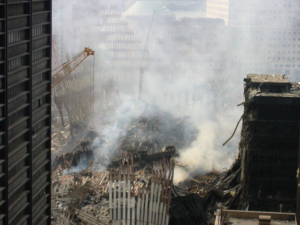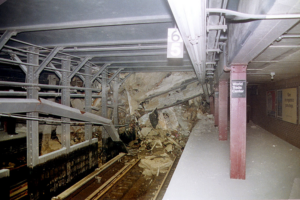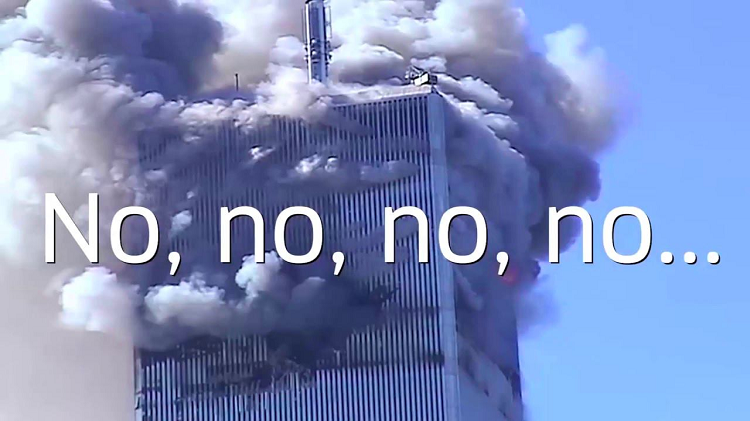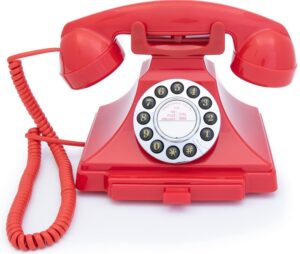SEPTEMBER 11, twenty-three years ago, like it was yesterday. But did the attackers achieve much with it? Yes, in the sense that they drove America to war for twenty years – without much to show for it. But no, when it comes to New York, the center of world trade they were trying to knock down. The two toppled towers have been replaced by a new one, 1776 proud feet tall, the Dow Jones index has since quadrupled, and the only terror America now fears is not a bunch of hijackers but the threat of maybe again an invisible virus.
What the a**holes attacked was essentially Fort Amsterdam, the original fortress around which Manhattan grew. Just about every angle of the photos taken on that day bears witness to this. The cloud of dust that descended on Maiden Lane as the towers collapsed. Maagde Paatje, it was originally named, the path along a stream where mothers and their unmarried daughters did their laundry.
DEY STREET got the full load, named after Amsterdam soldier Dirck Dey who used to live there, at the point where his street crosses Broadway back when it was still called Bredeweg. Greenwich Street, same thing there. Grenenwijk used to be its name, after the abundance of pine forests at the time. And the subway station at Cortlandt Way, named after the Kortland family from Alblasserdam and Wijk bij Duurstede, completely caved in. For years closed to trains. Trinity Church overlooked it, buried under a white-gray layer of dust, the resting place of Reverend Ben Onderdonk, of the Van der Donck family from Breda, the man who officiated at President John Tyler and Julia Gardiner’s wedding, she of the Amsterdam Schellings family and the Deurcants from Woerden.
Wherever you were, at the Netherlands Monument south of the towers, at Schermerhorn Row more east, or in Bowling Green, Manhattan’s oldest park, where Dutch soldiers used to be taught how to parade, there was no escape. You ran for your life, but the cloud of dust and grit and shredded paper hit you anyway.
WILLIAM STREET, originally Willemstraat for Willem Beekman after whom Beekman Street is also named, Dutch Street, Nassau Street, Corlear’s Hook, named for Jaap Korlaar from Spakenburg, where sailors could find hookers, Wall Street, formerly Walstraat because of the defensive wall that Beekman built there, Coenties Slip, a dock where Koenraad and Antje ten Eyck once lived, Pearl Street, long spelled Paerls Straet, because more than a few early Dutchmen broke their teeth on an unexpected pearl in the oysters that all New Amsterdammers breakfasted, lunched and dined on. Google all those places, search for 9/11, and you’ll see how they were affected.
Nine-Eleven: no terrorist thought of targeting Chicago, or Houston or Seattle. No, the symbolism of the world trade center, that’s what it was all about. Fort New York. Invented and built by what was then the center of world trade, Amsterdam. Visit Ground Zero today and stroll the area for an hour or two. As if you’re walking around the original Fort Amsterdam. It still breathes just about everything from back then. That, too, the terror criminals have been utterly unable to take down.

* View of Ground Zero from Maiden Lane, formerly Maiden Paatje, the Maiden Path.

* Cortlandt Station, a subway station serving the twin WTC towers, was destroyed by their collapse. It took 17 years to replace it with a new station, now renamed WTC Cortlandt. The Cortlandts were among the early Dutch immigrants, sailing to America from Texel.




